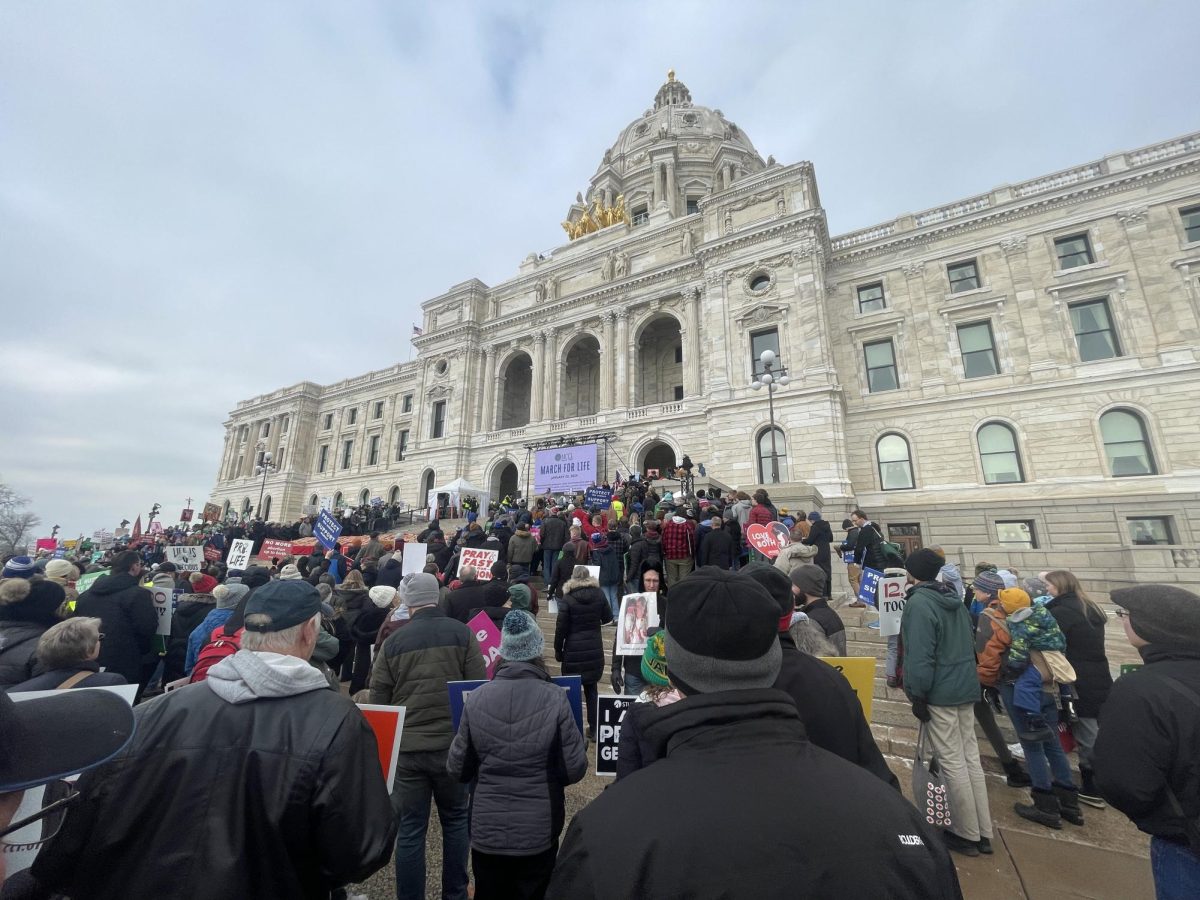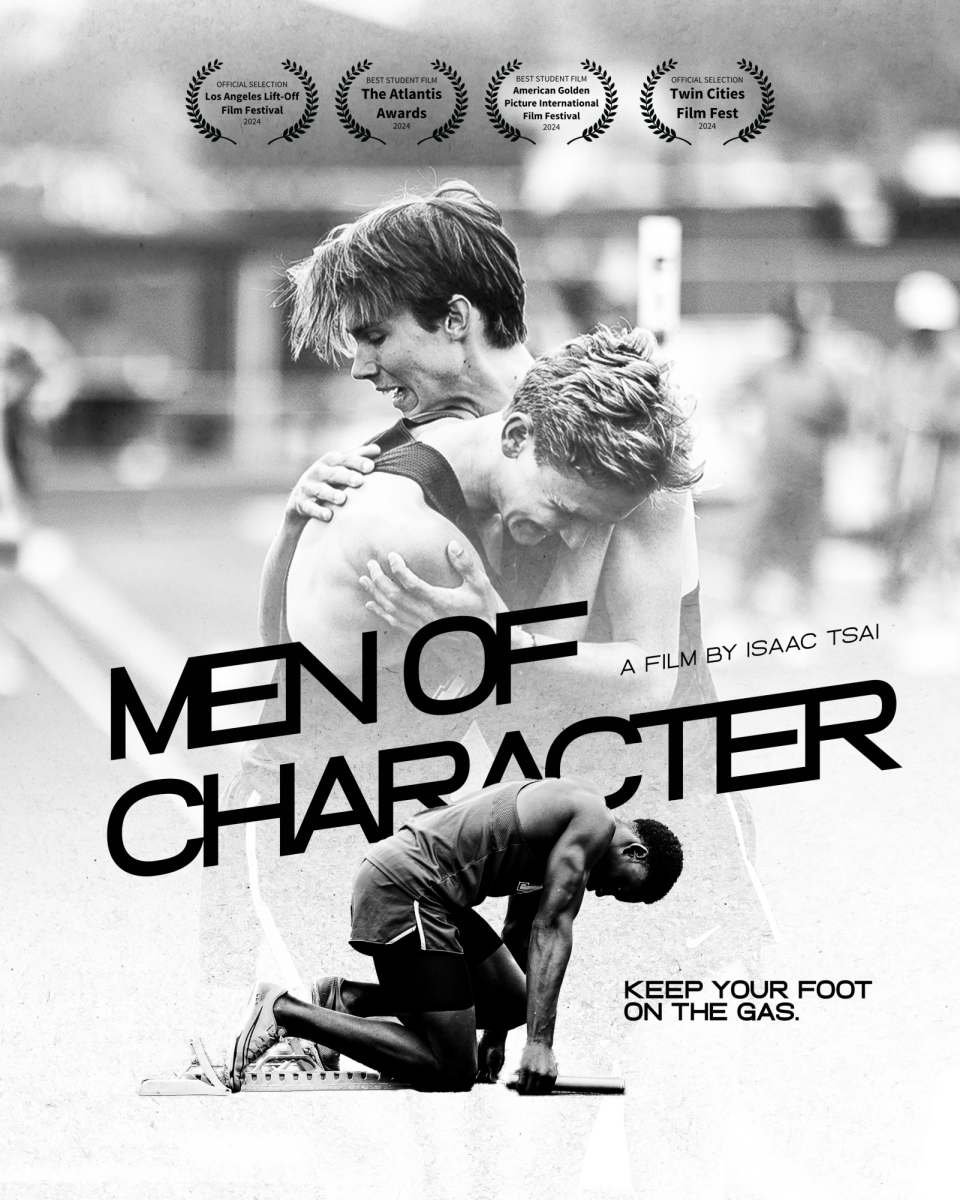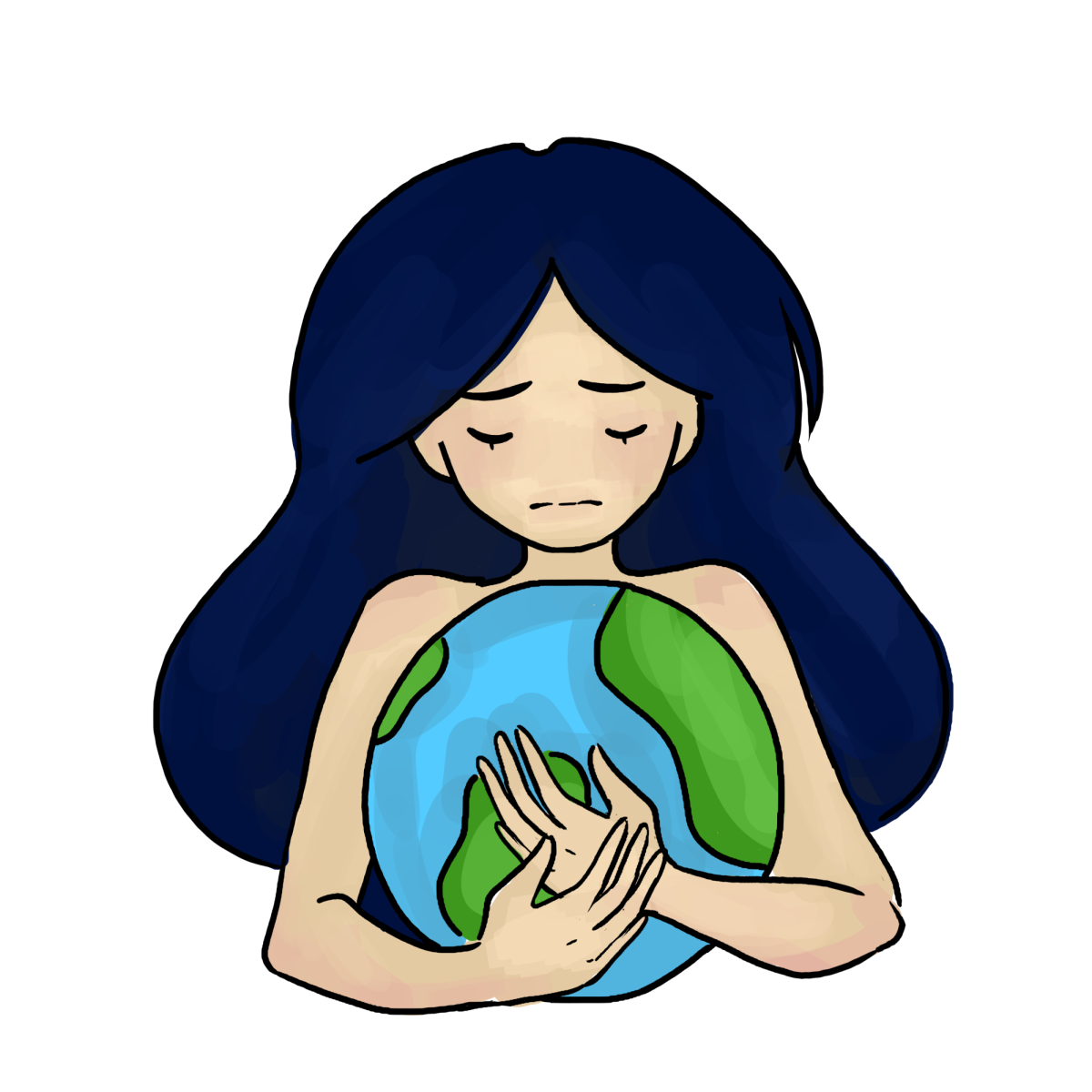Scientists from the National Centers for Environmental Information, part of the National Oceanic and Atmospheric Administration, have officially recognized 2024 as the hottest year on Earth in human history. When people think of global warming, trying to find the correlation between feminism and climate change feels like a pretty far stretch, but a variety of factors conclude that climate change does in fact intersect with inequalities for women and girls.
Despite climate change ultimately affecting everybody, evidence shows a gender imbalance within those fighting for change. Research provided by the Yale Program on Climate Change Communication shows that men have an apparent disregard for climate change, and women are more likely to express concerns about the problem. According to a survey by the Pew Research Center, 83% of women in the U.S. believe that global warming is a serious issue versus just 66% of men. Given this data, one could argue that men, on average, do not care as much about climate change.
Many men picture cancel-culture, wokeness and “blue-hair feminists” as modern-day activism, completely turning them away from social issues. So while most men do not pray for the downfall of ecosystems, climate change falls under the “woke” umbrella to them and therefore gives them a reason to devalue the issue. Additionally, the concept of protecting or caring about the environment, as well as its ties to “mother Earth,” are often perceived as more “feminine,” which makes some men resist adopting eco-friendly attitudes in fear of being perceived as less masculine.
On top of these attitudes, climate change affects women the most, which could be a reason why men are less inclined to care. According to the U.N., 80% of the people displaced by climate change globally are women. Women around the world tend to have jobs inside the house or are paid less, leading to a socioeconomic disparity between women and men. This results in women being more vulnerable to the issues caused by climate change including floods, droughts and hurricanes. For example, according to the Institute for Women’s Policy Research, African American women were among the worst affected by flooding in Louisiana after Hurricane Katrina.
Not only are the effects of climate change most experienced by women, but some of the biggest contributors to climate change — the fashion industry — also utilize the socioeconomic disadvantages women face for financial gain. The fast fashion industry, which harms the environment by producing excessive amounts of waste and contributes 10% of global carbon emissions, disproportionately exploits women as they make up 80% of workers in garment manufacturing. Workers in this industry face cheap labor, workplace abuse and hazardous working conditions.
The environmental issues created by the fashion industry are also linked to the constant redefining of society’s expectations for women. Ranging from makeup to clothing, fast fashion companies like SHEIN specifically target women by promoting cheap, trendy products that are meant to be discarded with every new micro-trend. The tedious beauty rituals women often feel compelled to follow largely stem from the misogynistic perspective that for a woman to deserve respect or value, they must abide by society’s beauty standards. Essentially, society pushes women to over consume, which contributes negatively to the environment.
All over the world, women receive unjust social, economic and cultural conditions leaving them at a terrible disadvantage when encountering the consequences of climate change. Not only is it important to understand the intersectionality of women and climate change, but it’s also important to use this understanding to better involve men with this issue that ultimately affects everyone.







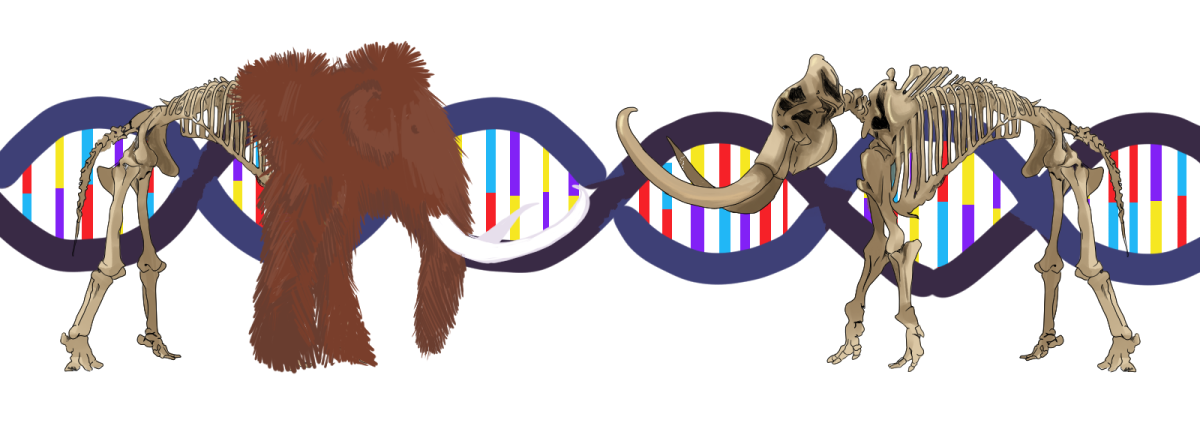






![[DEBATES] Prestigious colleges: value or hype?](https://www.mvviewer.org/wp-content/uploads/2024/12/buildings-1200x654.png)



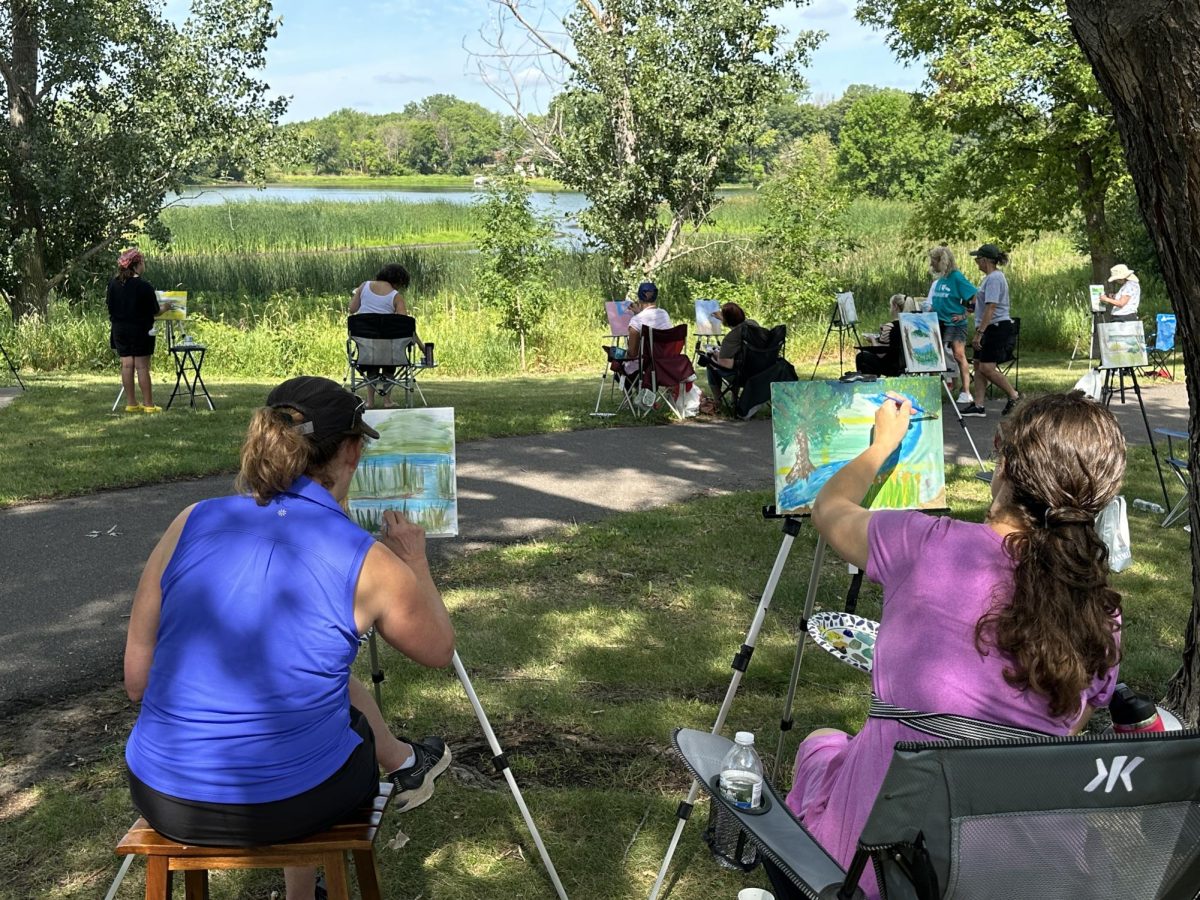

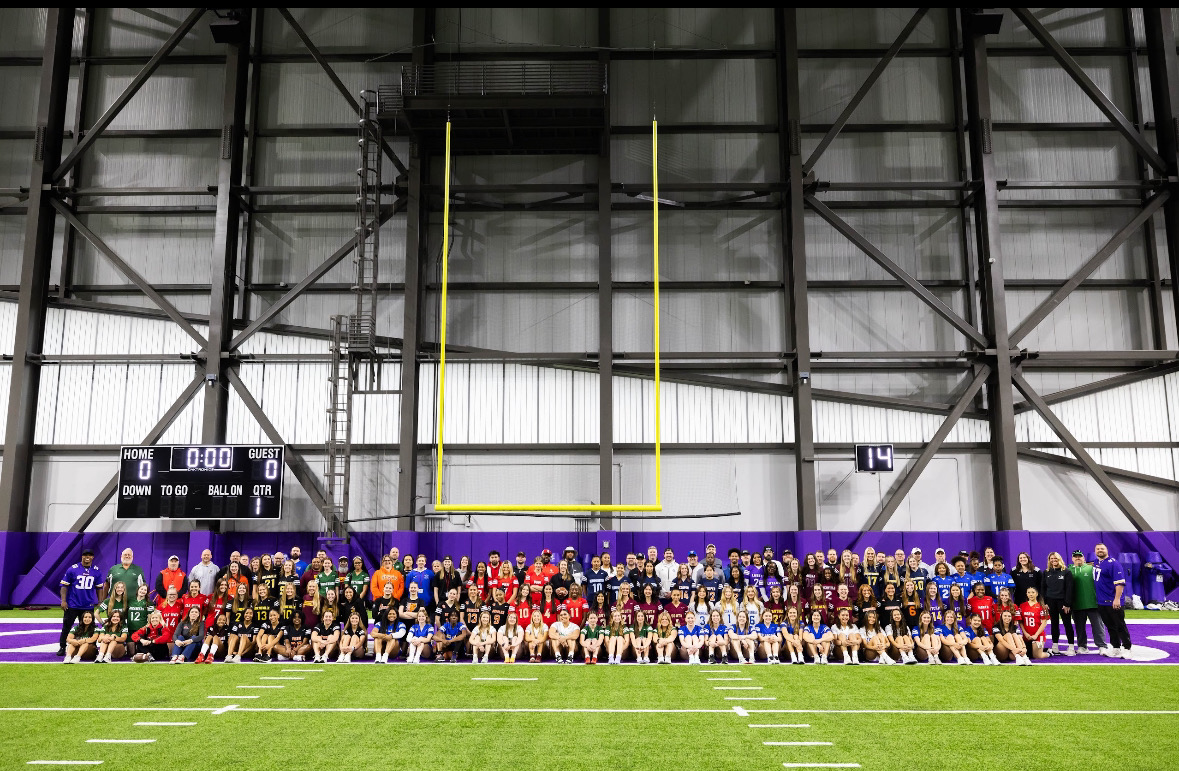






















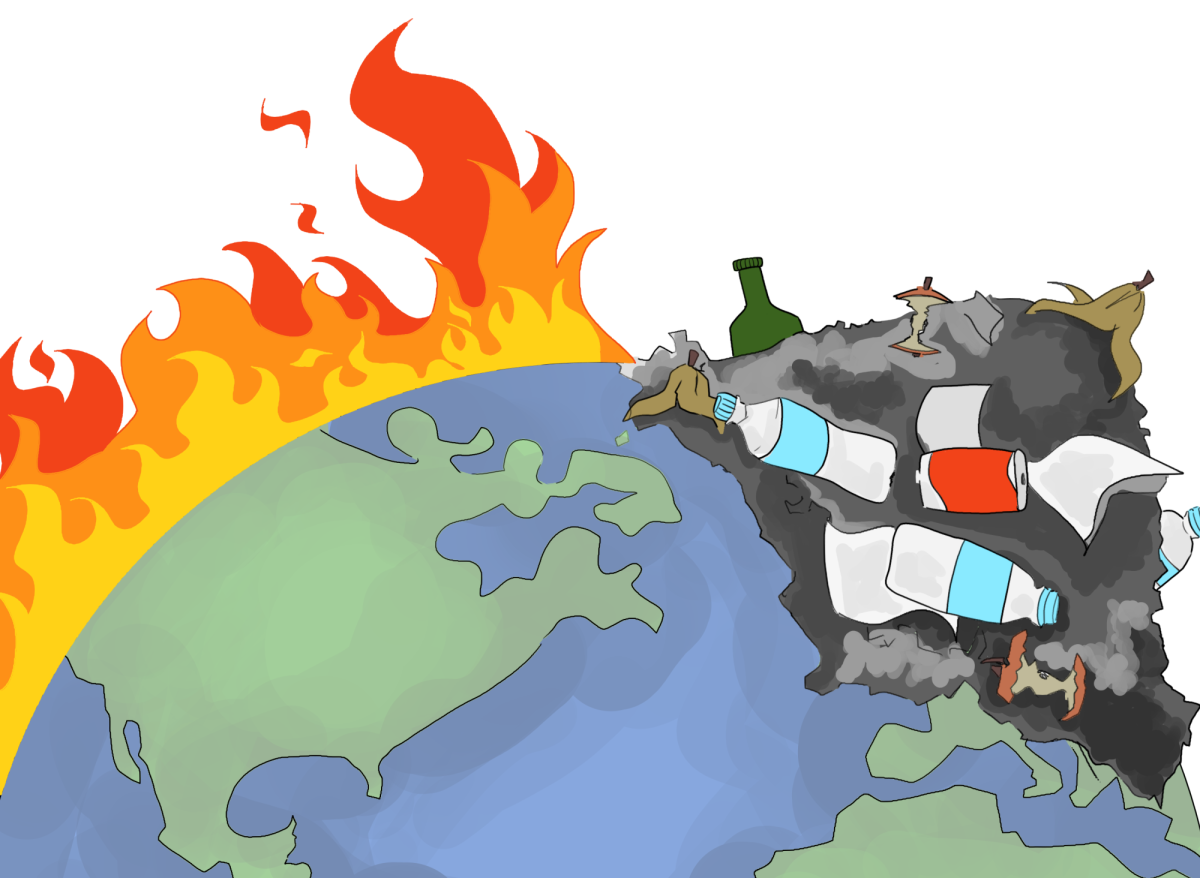


![[OPINION] The dark origins of TikTok's looksmaxxing trend](https://www.mvviewer.org/wp-content/uploads/2024/02/Copy-of-Copy-of-Untitled-Design-1200x675.png)
